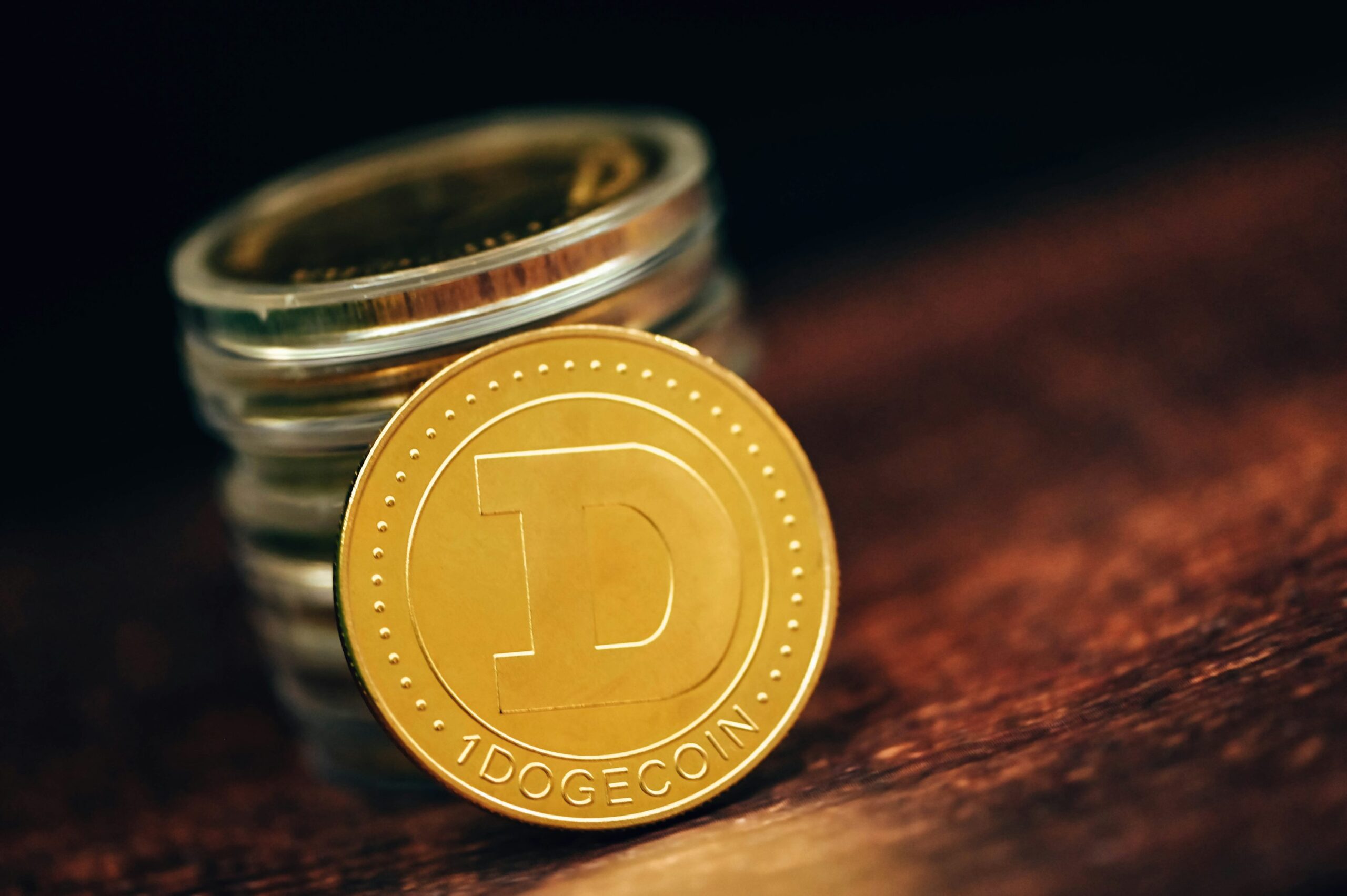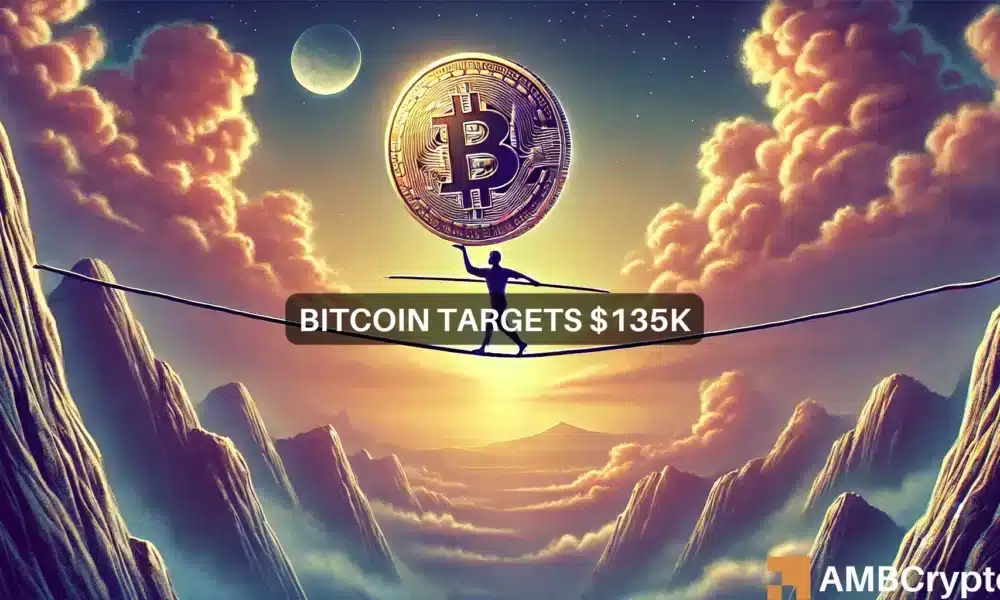
Key Points
- Bitcoin’s network difficulty has reached unprecedented levels, indicating strong network participation and security.
- Despite this, Bitcoin’s price has experienced a slight pullback, with potential resistance around $70,000.
Bitcoin’s [BTC] network difficulty continues to rise, hitting new record highs. This measure of mining challenge is under the spotlight as investors wonder if the price will follow this upward trend or face a ceiling.
Understanding BTC’s Mining Metrics
Analyzing BTC’s mining metrics such as hashrate and difficulty can provide insights into potential price impacts and the overall network’s resilience. The network difficulty, which adjusts approximately every two weeks, has reached unprecedented levels. According to CryptoQuant, it has not declined after its climb to over 95 trillion.
The difficulty reflects the challenge miners face to solve complex cryptographic puzzles to earn BTC rewards. As difficulty increases, it implies more miners are competing for Bitcoin, indicating robust network participation and security. This often coincides with higher hashrates, reflecting confidence in Bitcoin’s long-term potential, particularly as institutions invest in mining infrastructure. This rising interest and investment in mining could stabilize the network, supporting Bitcoin’s price.
Price Correlation: Historical Trends and Current Context
Historically, increasing difficulty has been associated with bullish price momentum as a secure network attracts more participants and reassures investors of Bitcoin’s resilience. However, despite these positive network fundamentals, Bitcoin’s price has recently seen a slight pullback.
Bitcoin has hovered around $68,000 but hasn’t sustained the strong upward push many anticipated. With high difficulty and volatility, Bitcoin’s price might face short-term resistance around $70,000.
Several factors contribute to this potential resistance. Miners may need to sell more Bitcoin to cover expenses due to increased difficulty, exerting selling pressure on the market. Coupled with BTC’s sensitivity to broader economic trends, this could temper immediate price gains despite the overall network’s robust health.
BTC’s price could break through its current resistance if it maintains strong institutional interest. However, if the mining community continues to expand and sustain high difficulty levels, miners may offset costs by holding their earnings, reducing market supply and potentially driving up prices in the medium term.
In conclusion, while Bitcoin’s price is under short-term pressure, the rising network difficulty underscores the asset’s increasing security and attractiveness. BTC could see upward momentum if these conditions persist, especially if economic conditions stabilize.











